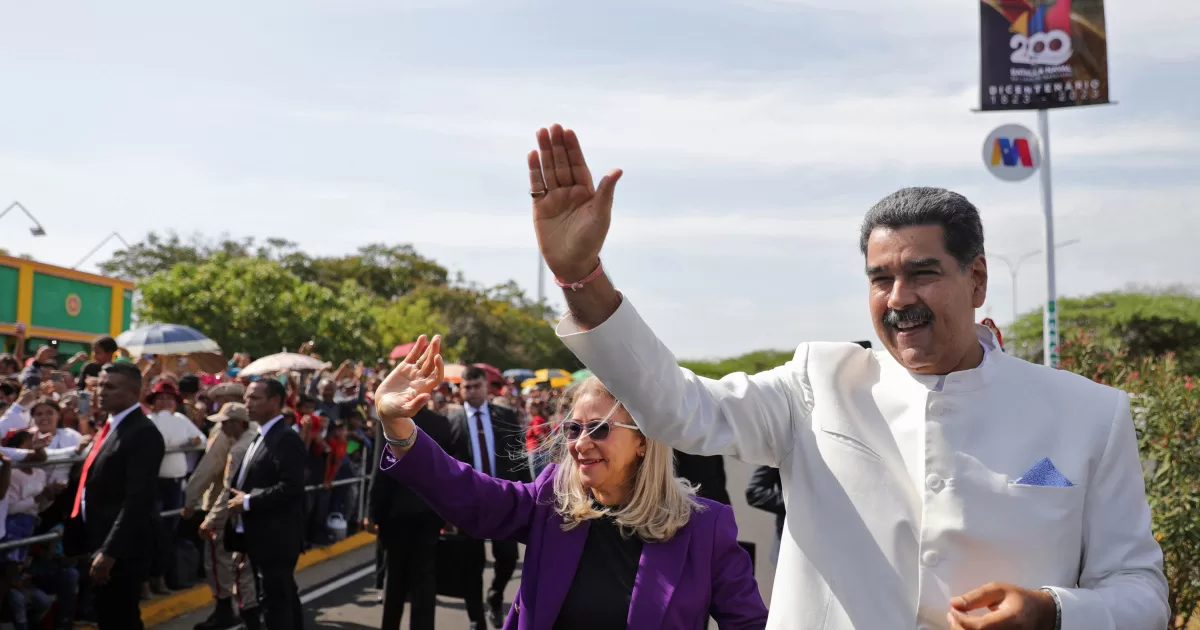Mexico and Brazil are preparing the mutual elimination of tariffs on truck and bus imports as of July 1, as part of the Economic Complementation Agreement No. 55 (ACE 55) between them.
The two nations have already liberalized their trade in light vehicles since 2019, in addition to maintaining an opening in the exchange of auto parts.
At the request of Brazil, the tariff reduction for heavy vehicles was postponed, from 2020 to 2023, and a tariff reduction schedule of 20% (2020-2021), 40% (2021-2022), 70% (2022-2023) was negotiated. and 100% (as of July 1, 2023).
ACE 55 was signed between Mexico and Mercosur on September 27, 2002 with the objective of laying the foundations for the establishment of a free trade regime in the automotive sector and promoting the integration and productive complementation of their automotive sectors.
According to data from the Brazilian Ministry of Economy, in bilateral automobile trade in 2022, Mexican exports were 231 million dollars and those of Brazil, 683 million.
From all over the world, Brazil’s car imports fell from 9.835 million dollars in 2012 to 3.637 million in 2022.
Mexico ranks as the third external supplier of light automobiles in the Brazilian market, at the same time that it is the third destination for sales of these Brazilian vehicles.
Worldwide, Mexican automobile exports totaled 39.910 million dollars, while the Brazilian ones were 4.636 million.
However, the new opening scheduled for July 1 covers tractor-trailers, trucks, buses and certain chassis.
In the bilateral trade of vehicles for the transport of merchandise, exports from Mexico were estimated at 306 million dollars in 2022 and sales from Brazil at 294 million.
Mexico still does not export trucks to Brazil, whose external purchases from around the world were 348 million dollars in 2022, of which 98 million originated in the United States. Until now, Brazil has not registered any sale of tractor-trailers to Mexico either.
Finally, trade in buses or chassis included in the new opening between these two economies is null or marginal.
At the beginning of 2012, unions in the automotive sector in Brazil asked the authorities of that country to denounce ACE No. 55 between Mercosur (made up of Brazil, Argentina, Paraguay and Uruguay) and Mexico.
The foregoing, in response to the growth registered in previous months in Brazilian imports of vehicles from Mexico. From then until the beginning of 2019 there was managed trade, through duty-free quotas) in bilateral automobile exchanges.
In 2022, Mexico agreed to new provisions for the trade of certain types of light automobiles with Argentina; the reduction of tariffs to 0% scheduled for 2019 was postponed until 2022 and later until 2025. Likewise, the tariff quotas were maintained.
FTA in sight
It should be noted that Brazil and Mexico —the largest and the second largest economy in Latin America, respectively— have the negotiation of a Free Trade Agreement (FTA) on their common agenda.
In fact, a few weeks ago, the government of the South American country, headed by Luiz Inácio Lula da Silva, stated that it plans to negotiate an “ambitious” agreement with Mexico, according to a meeting held within the World Trade Organization (WTO). ).
In the first half of 2022, Brazil received comments from the Mexican government on the proposed terms of reference for that FTA. Since then, they have been under evaluation by the competent Ministries of the Brazilian administration.
In 2022, while exports of Mexican products to Brazil totaled 4.540 million dollars, sales of Brazilian merchandise to Mexico were 12.148 million dollars.
Among the main products that Mexico sends to the Brazilian market are auto parts, computers, vehicles for the transport of goods and automobiles. Conversely, Brazil exports cars, semi-finished steel products, corn, soybeans and poultry meat to the Mexican market.


